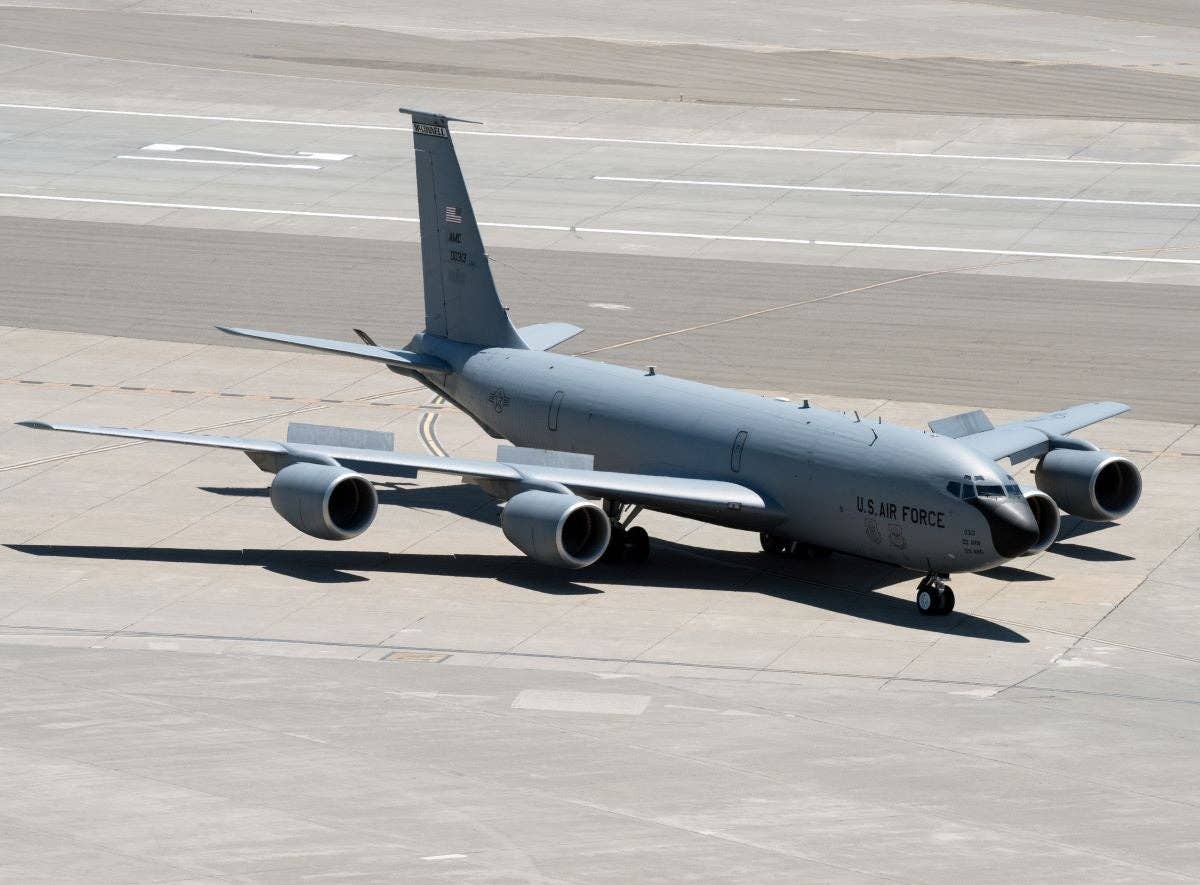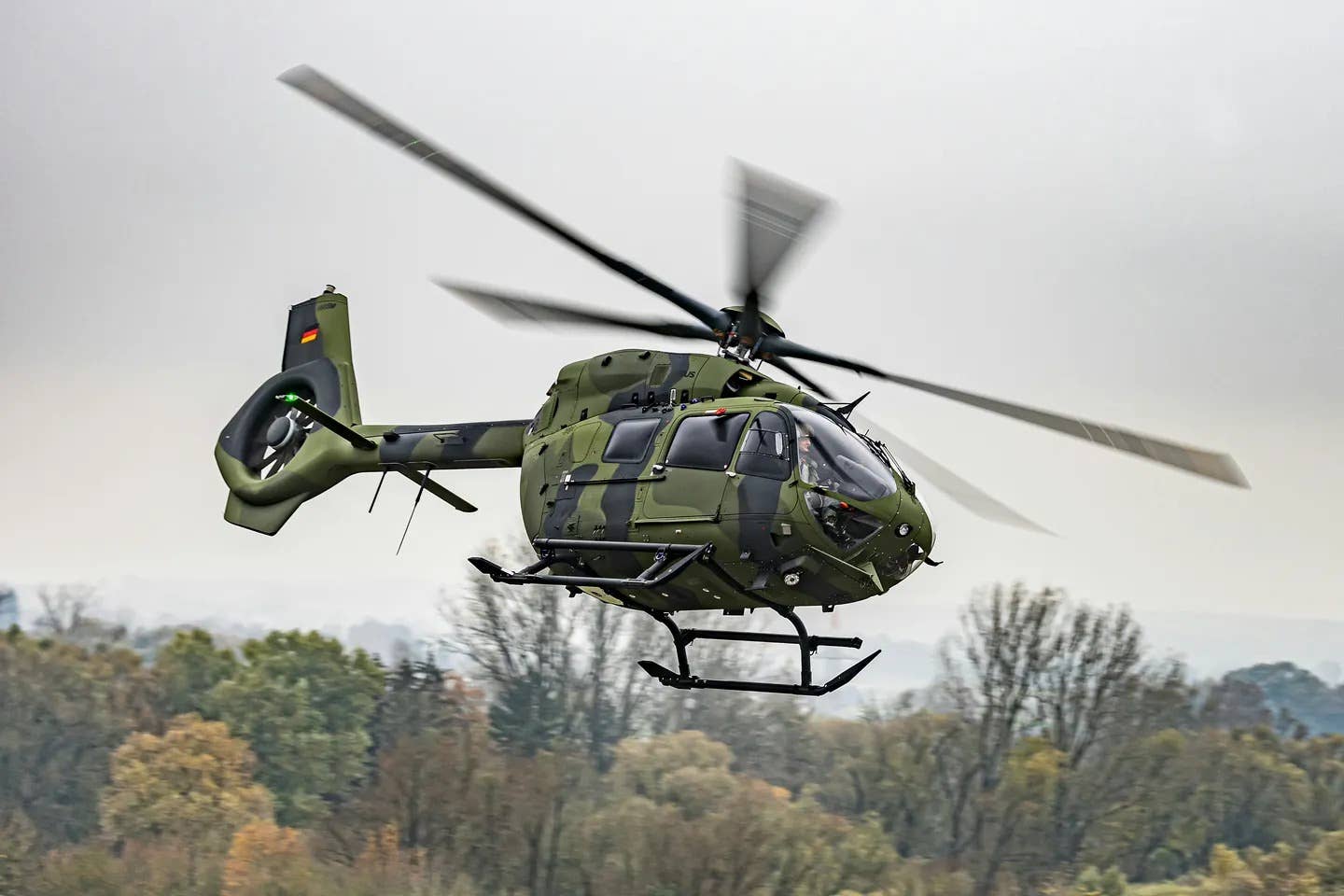
** The Honeywell-operated G450 as it prepares
to take off for the first trans-Atlantic flight
using biofuel.** Courtesy of Honeywell
Biofuels were the talk of the chalet rows at this week’s Paris Air Show, taking one major step closer to becoming a viable option in the eyes of aviation leaders and the general public alike.** **
Honeywell kicked off the focus on green energy by completing the first transatlantic flight on Friday using a biofuel blend. The Honeywell-operated G450 used to make the seven-hour trip from New Jersey to Le Bourget relied on a 50/50 blend of Honeywell Green Jet Fuel and petroleum-based jet fuel. With the blend, the flight’s net carbon emissions were more than 5 metric tons lower than they would have been with traditional fuel, Honeywell said.
Boeing made a similar trip on Monday, taking a 747-8 from Washington to Paris on a blend that contained 15 percent biofuel as well as conventional kerosene. With all four engines powered by the blend, the captain of the flight said the airplane operated just like during any other routine trip.
For both the G450 and the 747-8 flight, the green portion of the jet-fuel blend was derived from camelina plants, which are used as components of livestock feed but not for human consumption. While camelina has been viewed as one of the most promising sources of biofuel, other resources such as algae, coconut oil and babasu are also being tapped into as potential suppliers.
Biofuels have been making headlines since the preliminary approval of a commercial biofuel standard earlier this month. The Air Transport Association also just announced that seven major airlines have signed an agreement with a biofuel producer in northern California that has vowed to produce up to 16 million gallons of neat jet fuel annually by 2015.
To date, a variety of civilian and military aircraft have completed flight tests with biofuels. While experts don’t expect biofuels to begin taking the place of traditional jet fuel or avgas anytime soon, they are definitely gaining some traction.

Sign-up for newsletters & special offers!
Get the latest FLYING stories & special offers delivered directly to your inbox






